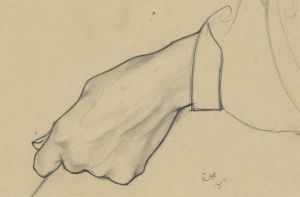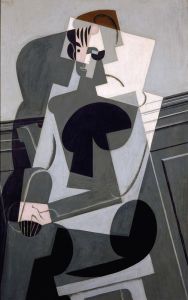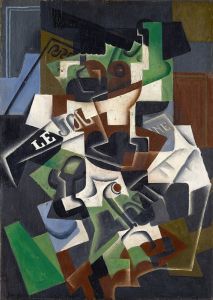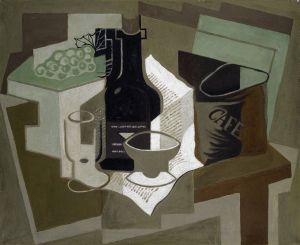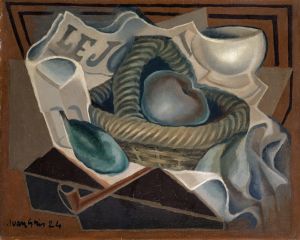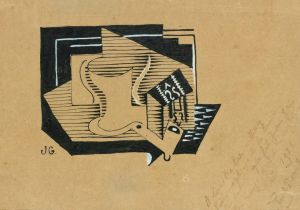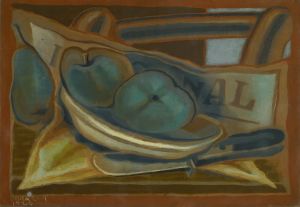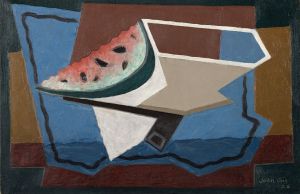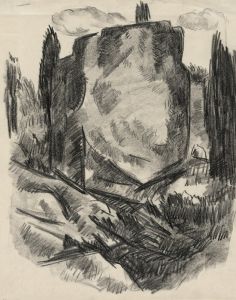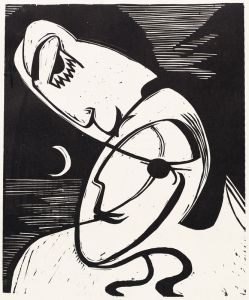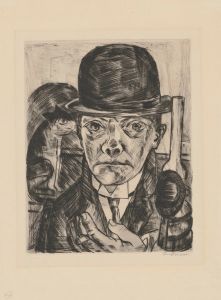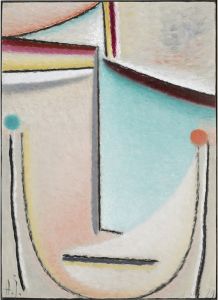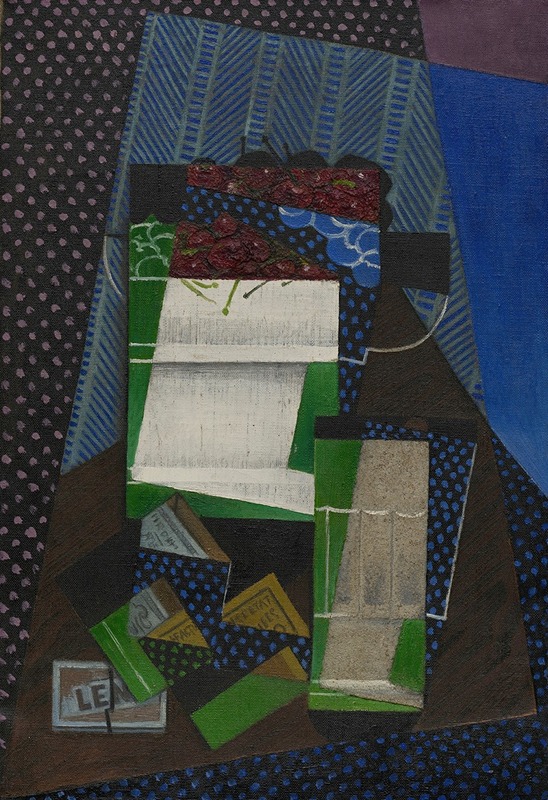
Cherries
A hand-painted replica of Juan Gris’s masterpiece Cherries, meticulously crafted by professional artists to capture the true essence of the original. Each piece is created with museum-quality canvas and rare mineral pigments, carefully painted by experienced artists with delicate brushstrokes and rich, layered colors to perfectly recreate the texture of the original artwork. Unlike machine-printed reproductions, this hand-painted version brings the painting to life, infused with the artist’s emotions and skill in every stroke. Whether for personal collection or home decoration, it instantly elevates the artistic atmosphere of any space.
"Cherries" is a painting by the Spanish artist Juan Gris, a prominent figure in the Cubist movement. Gris, whose real name was José Victoriano González-Pérez, was born on March 23, 1887, in Madrid, Spain. He moved to Paris in 1906, where he became associated with the avant-garde art scene and developed his distinctive style within the Cubist framework.
Cubism, pioneered by Pablo Picasso and Georges Braque, is characterized by fragmented objects and multiple perspectives within a single plane. Gris brought a unique approach to Cubism, often incorporating vibrant colors and a more structured, geometric composition compared to his contemporaries.
"Cherries" exemplifies Gris's mature Cubist style, which he developed during the 1910s and 1920s. The painting features a still life composition, a common subject in Gris's work. In "Cherries," Gris employs his characteristic use of geometric shapes and a limited color palette to depict the fruit and surrounding objects. The cherries are rendered in a way that emphasizes their form and volume, while the background and other elements are abstracted into a series of interlocking planes.
Gris's technique involves the meticulous arrangement of shapes and colors to create a harmonious and balanced composition. He often used a grid-like structure to organize the elements within his paintings, giving them a sense of order and stability. This method is evident in "Cherries," where the cherries and other objects are carefully positioned within the overall design.
The painting reflects Gris's interest in the interplay between representation and abstraction. While the cherries are recognizable as such, they are also transformed into a series of geometric forms that interact with the surrounding space. This duality is a hallmark of Gris's work and a key aspect of Cubist art.
Juan Gris's contributions to Cubism were significant, and his work influenced many artists of his time and beyond. He continued to explore and refine his style until his untimely death on May 11, 1927, in Boulogne-sur-Seine, France. "Cherries" remains an important example of his artistic achievements and his ability to blend traditional subject matter with innovative techniques.
The painting is part of Gris's broader body of work, which includes numerous still lifes, portraits, and other compositions. His legacy as a master of Cubism endures, and his paintings are held in major museums and collections around the world. "Cherries" is a testament to Gris's skill and creativity, showcasing his ability to transform everyday objects into complex and visually engaging works of art.






